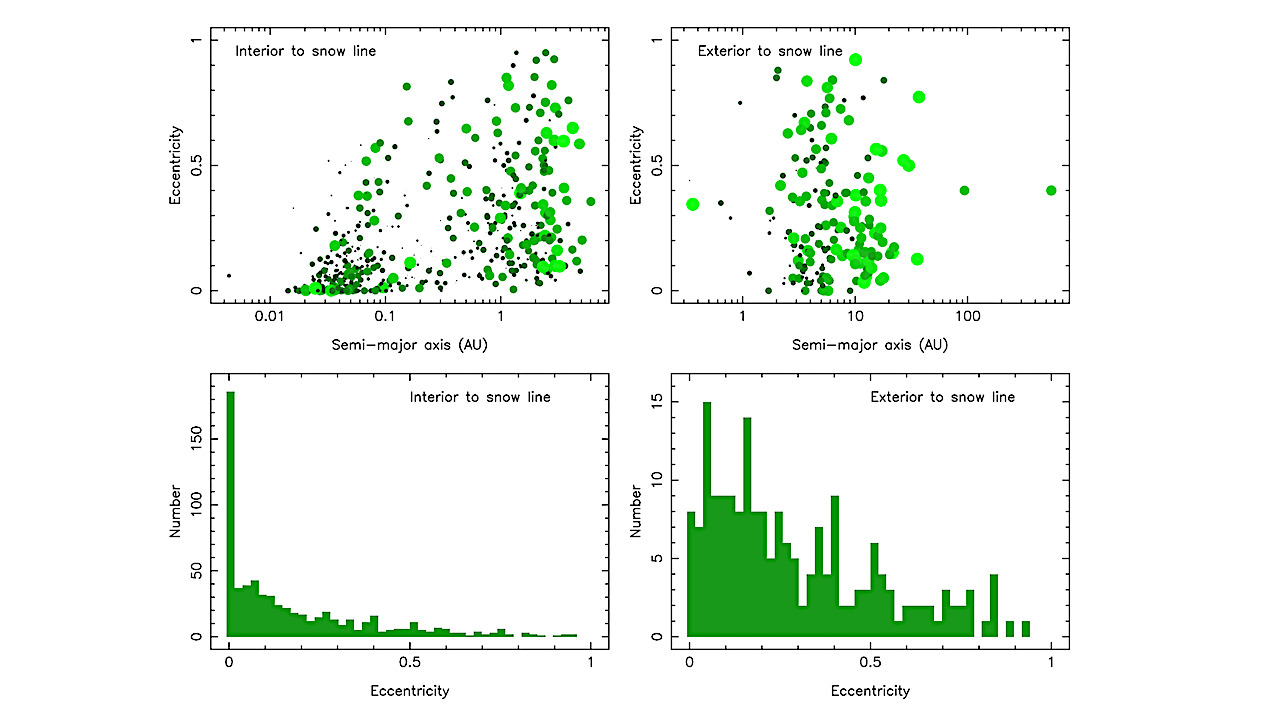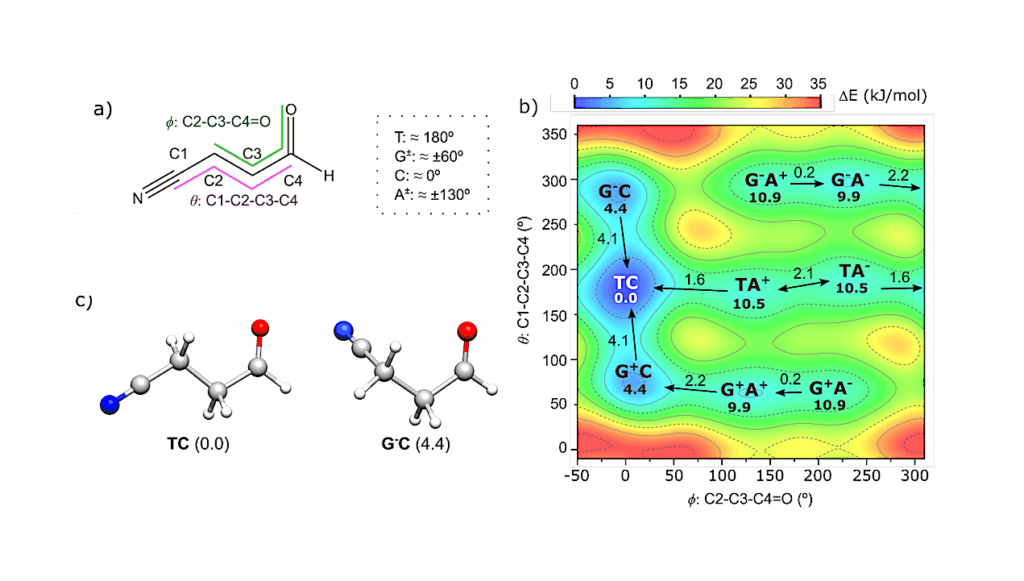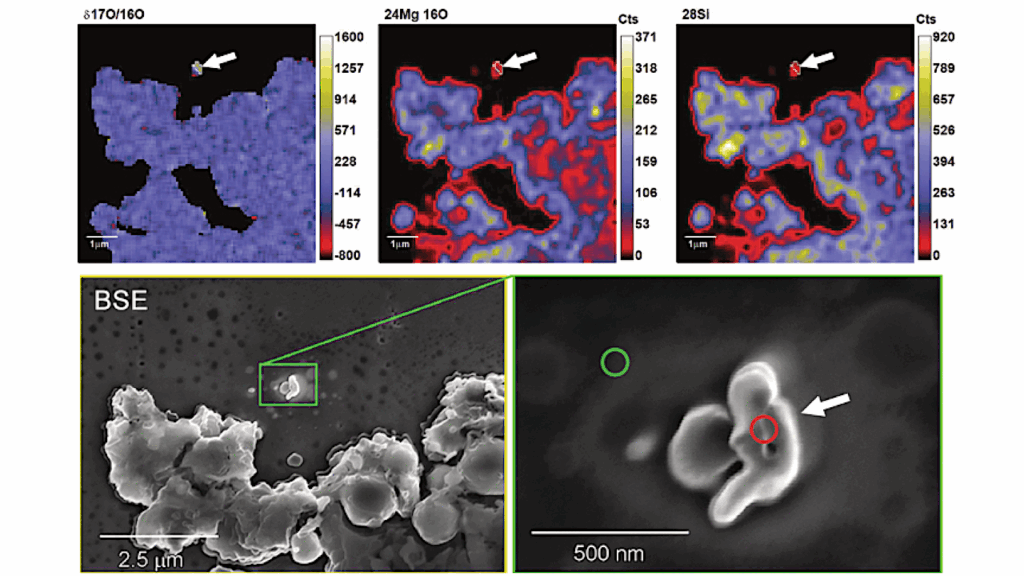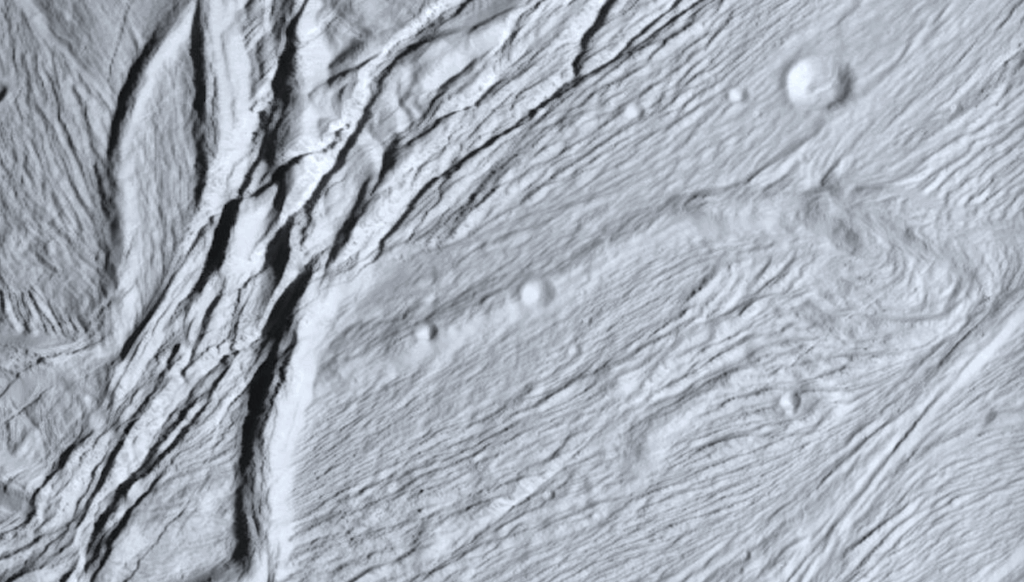Eccentricity Distribution Beyond the Snow Line and Implications for Planetary Habitability

A fundamental question in the study of planetary system demographics is: how common is the solar system architecture?
The primary importance of this question lies in the potential of planetary systems to create habitable environments, and dissecting the various components of solar system evolution that contributed to a sustainable temperate surface for Earth.
One important factor in that respect is volatile delivery to the inner system and the dependence on giant planets beyond the snow line as scattering agents, particularly as such cold giant planets are relatively rare.
Here, we provide an investigation of the eccentricity distribution for giant planet populations both interior and exterior to their system snow lines. We show that the median eccentricity for cold giants is 0.23, compared with a far more circular orbital regime for inner planets. We further present the results of a dynamical simulation that explores the particle scattering potential for a Jupiter analog in comparison with a Jupiter whose eccentricity matches that of the median cold giant eccentricity.
These simulations demonstrate that the capacity for such an eccentric cold giant system to scatter volatiles interior to the snow line is significantly increased compared with the Jupiter analog case, resulting in a far greater volume of Earth-crossing volatiles. Thus, many of the known systems with cold giant planets may harbor water worlds interior to the snow line.
Eccentricity Distribution Beyond the Snow Line and Implications for Planetary Habitability
Stephen R. Kane, Robert A. Wittenmyer
Comments: 10 pages, 2 figures, accepted for publication in the Astrophysical Journal Letters
Subjects: Earth and Planetary Astrophysics (astro-ph.EP)
Cite as: arXiv:2402.03441 [astro-ph.EP] (or arXiv:2402.03441v1 [astro-ph.EP] for this version)
Submission history
From: Stephen Kane
[v1] Mon, 5 Feb 2024 19:00:07 UTC (52 KB)
https://arxiv.org/abs/2402.03441
Astrobiology








